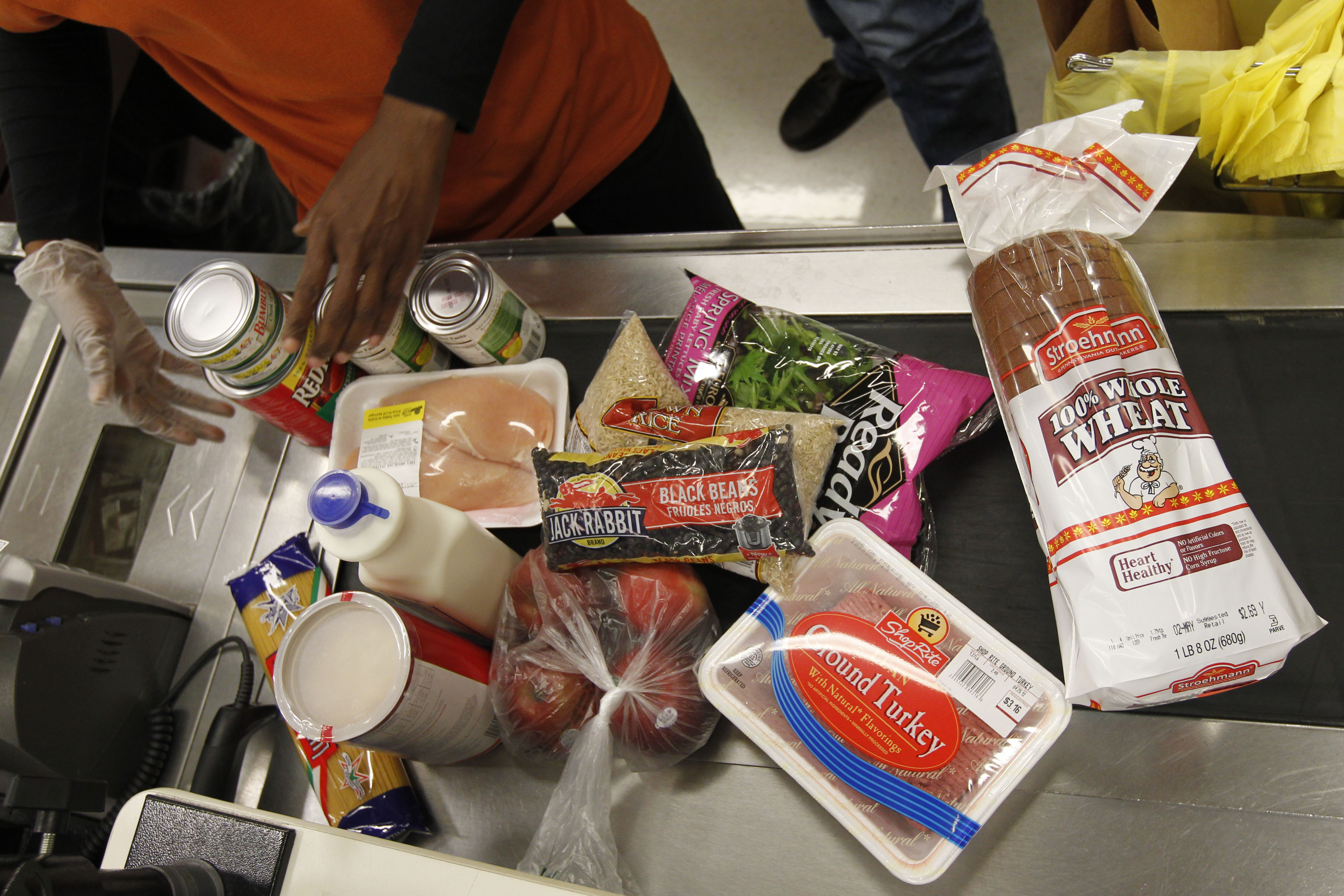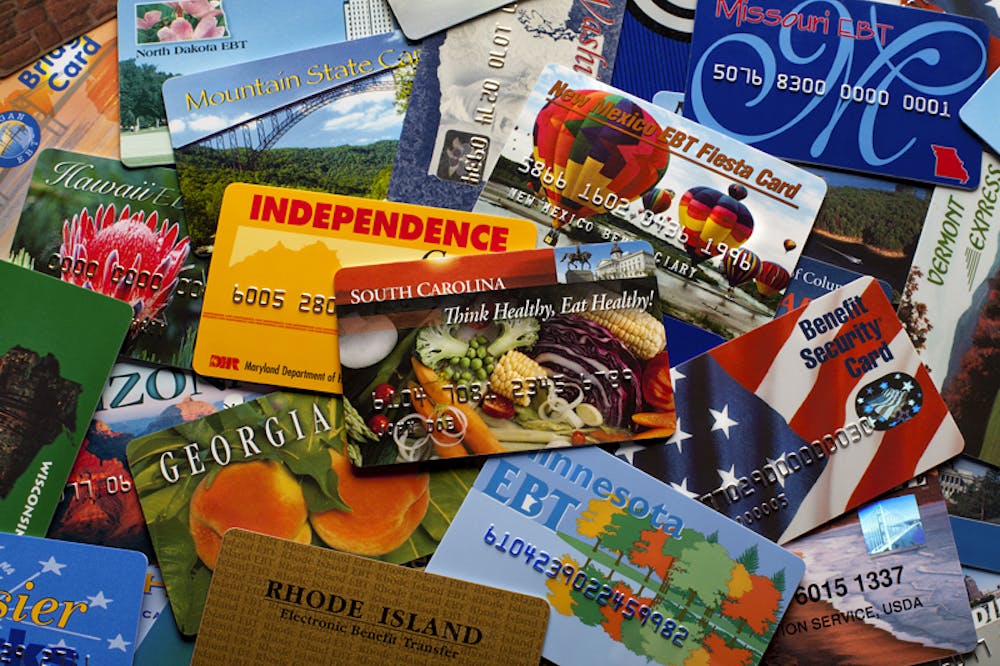Introduction
SNAP cuts are driving fear and uncertainty among millions of low-income families across America. With grocery costs climbing, federal food aid may not stretch to the end of the month. In Martinsburg, West Virginia, residents like Elizabeth Butler and Jordan share stories that highlight the human side of proposed welfare reforms under President Trump’s “big beautiful bill.” As Congress debates billions in cuts, families worry their monthly food budgets will evaporate.
What Is SNAP—and Who Relies on It?

The Supplemental Nutrition Assistance Program (SNAP) provides monthly food assistance to over 42 million Americans, including families, seniors, veterans, and people with disabilities. In states like West Virginia, around 16% of citizens depend on this support to buy groceries each month.
Without SNAP, many families face untenable choices—between food and rent, medicine, or utilities. In rural communities and food deserts, SNAP isn’t luxury—it’s necessity.
Details on the Proposed Cuts
Congressional Republicans are pushing forward with significant reductions to federal welfare. The Senate bill includes approximately $211 billion in cuts, while the House proposes similar reductions totaling about $230 billion over the next decade.
- State cost‑sharing: Shifting more financial burden to states—though a Senate parliamentarian flagged this as possibly breaking budget rules.
- Work requirement changes: The Senate’s version raises the age for adult work requirements from 54 to 64.
- Program eliminations: SNAP‑Ed nutrition education and special pandemic-era food benefits (like WIC and extra SNAP) could be rolled back.
The White House claims these “cost‑sharing measures and common-sense work requirements” will ultimately strengthen SNAP—but critics warn they’ll do the opposite.

Impact on Real Lives
In Martinsburg, Elizabeth Butler describes rationing every dollar—“Our food doesn’t even last the month.” Similarly, Jordan, a father of two, receives only $700 a month in SNAP and worries that any cut would force him to take on a second job just to feed his family. Another local resident, Cameron Whetzel, says rising costs have forced him to skip basics—“we have not bought any eggs in four months.” These are not isolated stories—they reflect an unfolding hunger crisis in America’s heartland.
Why This Is Politically Contentious
While Trump and the GOP champion smaller government and fiscal restraint, many Republican legislators from districts reliant on SNAP are sounding alarms. West Virginia Senator Jim Justice warned that cuts could cost the party its majority in 2026. A recent AP‑NORC poll found that 45% of Americans think food assistance programs like SNAP are underfunded—nearly half the country disagrees with deeper cuts.
Moderate Republicans like Missouri’s Senator Josh Hawley have softened public opposition, but internal party dissent remains. Many politicians fear the backlash of slashing a widely supported anti-poverty program.
Long‑Term Economic & Social Implications

Cuts to SNAP don’t just leave families hungry—they ripple outward. Food insecurity is linked to poor childhood development, subpar academic performance, and rising chronic health problems like diabetes and hypertension. Local stores, schools, and farmers suffer from declining SNAP dollars entering their economies. And food banks—already stretched—could collapse without federal support.
Conclusion & Call to Action
As Congress considers these sweeping welfare reforms, Americans must weigh short-term budget savings against long-term harm to communities nationwide. Here’s what you can do:
- Support food banks struggling to meet demand.
- Contact your representatives using #protectSNAP to share your concerns.

Ultimately, the stakes couldn’t be higher—families already on the brink could be pushed over. If you’ve been affected or want to help, sharing news, volunteering, and advocating are powerful steps toward safeguarding SNAP for the next generation.









